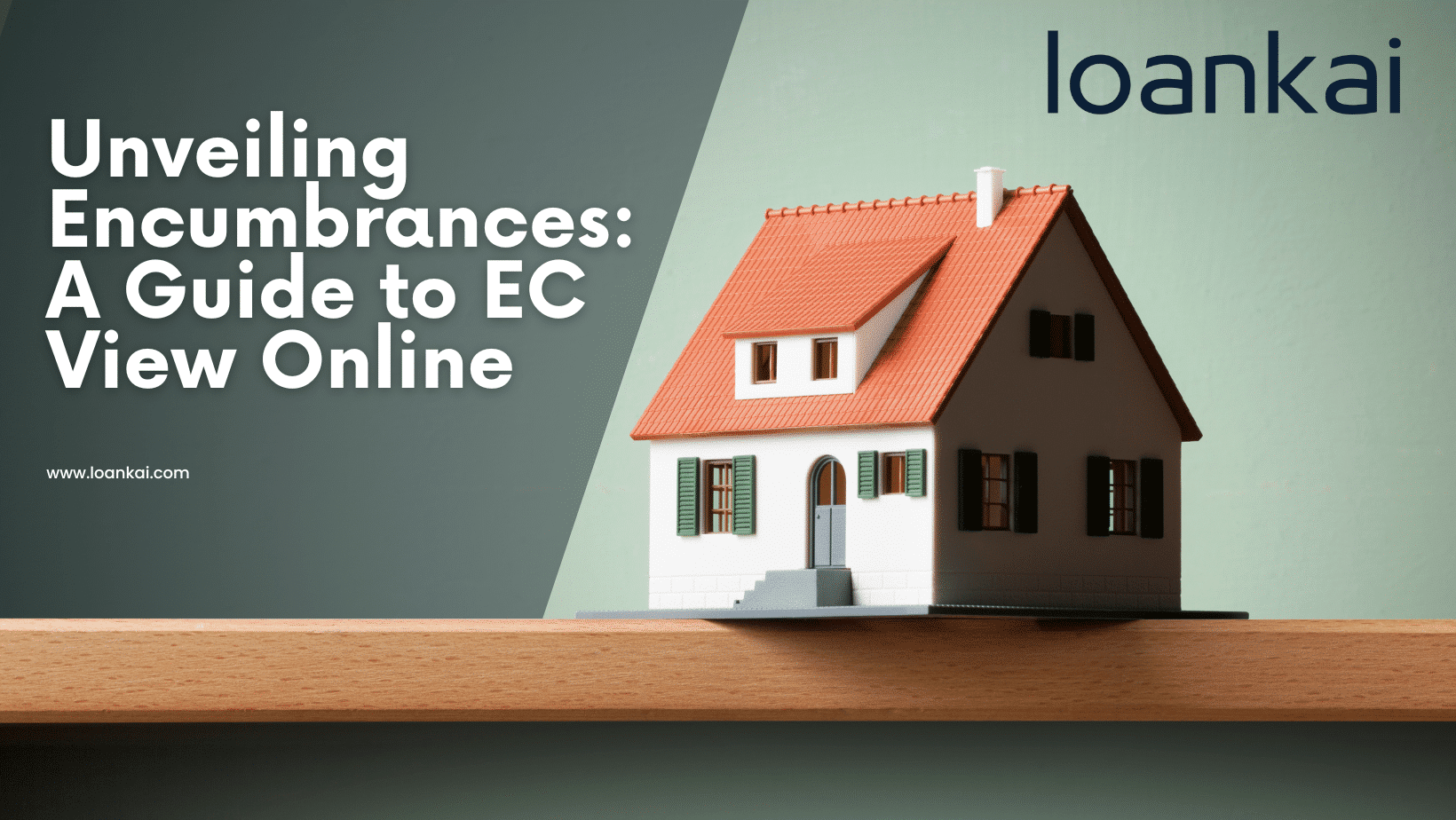Buying property is a momentous decision, and due diligence is key. A crucial aspect of this is understanding the legal history and any existing claims on the property. This is where EC View comes in, shining a light on potential encumbrances and safeguarding your investment.
What is an Encumbrance Certificate (EC)?
An Encumbrance Certificate (EC) is a legal document detailing any claims, charges, or restrictions on a property. These encumbrances can include mortgages, loans, liens, leases, or pending legal disputes. Having a clear understanding of these burdens is essential before any property transaction.
Why is EC View Important?
Traditionally, obtaining an EC involved navigating government offices and wading through paperwork. Thankfully, EC View online has revolutionized the process. Now, you can conveniently access ECs from the comfort of your home, saving time and effort.
Benefits of Using EC View Online:
- Transparency and Accessibility: Gain instant access to detailed property information, empowering informed decision-making.
- Convenience and Speed: Skip the queues and paperwork; access ECs 24/7 from anywhere with an internet connection.
- Reduced Costs: Eliminate the need for physical visits and intermediaries, potentially saving on time and expenses.
- Enhanced Security: Online platforms often offer secure logins and data encryption, safeguarding your personal information.
How to View EC Online:
The process varies depending on the state or region. Here’s a general guide:
- Visit the official website of the relevant land registration authority. Popular options include TNREGINET for Tamil Nadu, MahaOnline for Maharashtra, and eSeva for Andhra Pradesh.
- Search for the property using details like survey number, district, or village name.
- Pay the applicable fee (usually nominal) through secure online payment gateways.
- Download the EC in PDF format and review its contents carefully.
Specific State Resources:
- Tamil Nadu: https://tnreginet.gov.in/portal/
- Telangana: https://registration.telangana.gov.in/ec.htm
- Andhra Pradesh: https://registration.ap.gov.in/
Additional Tips:
- Verify the authenticity of the Ec View: Ensure it has the official stamp and signature of the registration department.
- Seek professional guidance: If the Ec View reveals any encumbrances, consult a lawyer to understand their implications and the process for clearing them.
- Stay updated: Keep checking the Ec View periodically, especially during the transaction process, to ensure no new encumbrances have been registered.
What to Look for in an EC:
- Nature of Encumbrances: Identify any existing mortgages, loans, liens, or legal disputes associated with the property.
- Validity Period: Ensure the EC is valid and reflects the latest property status.
- Party Details: Verify the names and information of individuals involved in any encumbrances.
Conclusion:
EC View has revolutionized the way we access property encumbrance information. By empowering individuals with convenient online access, it fosters transparency and promotes responsible property transactions. So, the next time you’re considering a property investment, remember to “EC View it” for peace of mind and informed decision-making.
Remember: An EC view is a valuable tool, but it’s not a substitute for legal advice. Consult a qualified lawyer to interpret the EC and understand its implications for your specific transaction.
 Loan Kai Loan Finance Bank Insurance Tax Share Trade
Loan Kai Loan Finance Bank Insurance Tax Share Trade




